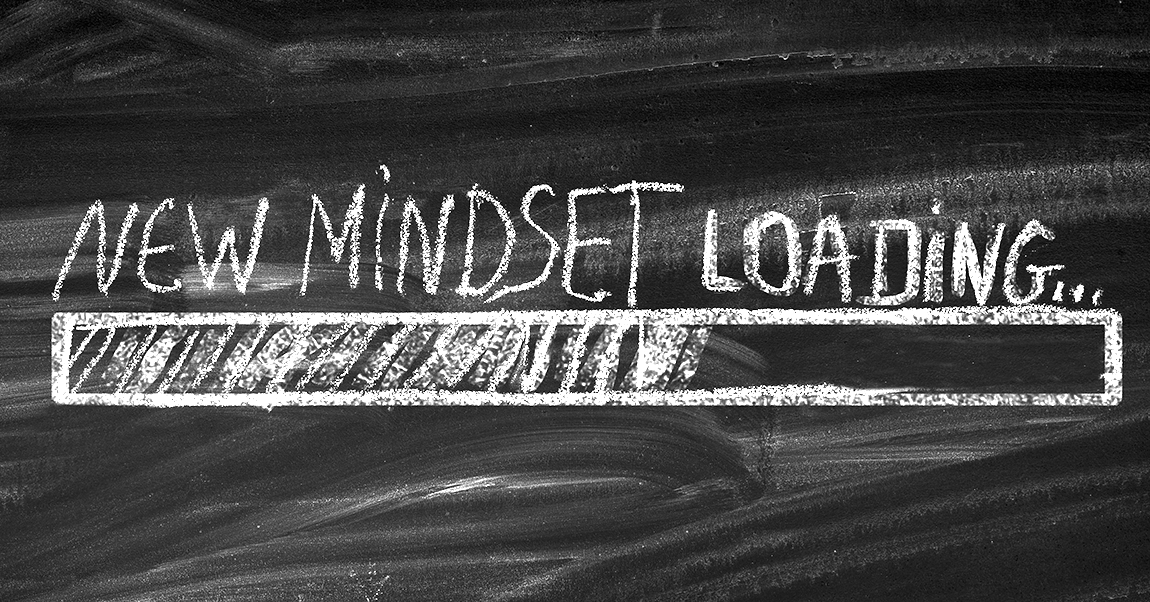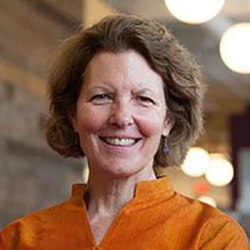
Why do many teachers resist using Project Based Learning...
despite the evidence that shows that PBL, when done well, can improve student academic achievement, engagement, procedural skills, and higher-level thinking?
My experience helping teachers implement PBL suggests that it often challenges core beliefs about good teaching and what’s best for students. Below are five beliefs that impede implementing quality PBL—and strategies for addressing each.
Belief 1: Content is King
Teachers often regard imparting content as their primary professional responsibility. Given this mindset, PBL can make teachers uncomfortable because they feel they are sacrificing content to the cultivation of skills that may not be their responsibility.
Critical to overcoming this concern is engaging teachers in experiential project-based professional development where they assume the role of learners. This way, teachers experience firsthand the nexus between content and a situated experience that is the “project;” how the project itself drives the mastery of content; and how learners encounter and learn threshold concepts of the discipline within the structure of the project. By interacting with content via a number of “skills”—investigation, collaboration, analysis, communication, presentation of information—learners scale the levels of content mastery, from declarative to procedural to conceptual knowledge.
Belief 2: Learning Should Be Straightforward
As educators, we want our students to be successful. This often means we create learning activities that are simple, straightforward, and make success easy for students. But activities that are too straightforward and simple may conflate “performance” with “learning.” These activities may increase immediately observable short-term student performance—but at the expense of long-term retention (Bye, 2011).
This is not to say that simple or straightforward is always bad. However, PBL, to be done well, should be rigorous and challenging. This, in turn, means we need to design activities that are complex—meaning that they are both difficult and composed of multiple sub-activities (Burns, 2018).
Complex activities create adversity or disequilibrium. Learners confront a knowledge gap—recognizing the limitations of their knowledge or facing an array of choices about which they may not have much information or experience and be unsure what to do next. Success is attained by students engaging in deeper levels of thinking—hypothesis testing, making connections, and using analytical skills. This “desirable difficulty” encourages a deeper processing of content and longer-term retention of information than more simple and straightforward learning activities (Bjork & Bjork, 1992).
We can help teachers embrace complexity in multiple ways:
- Within professional development, by engaging teachers as learners in exemplary PBL activities grounded in rigor that are challenging; and by reflecting on how this promotes engagement and deeper learning. (E.g., the “Project Slice” workshop offered by PBLWorks.)
- By helping teachers design rich problems with a variety of ways and a variety of skills needed to solve them and breaking complex projects into activities with smaller production cycles.
- Gradually removing some of the scaffolds of existing PBL activities—for example, letting students define the problem based on analysis of evidence (versus giving them the problem statement) or defining roles and responsibilities versus assigning them.
- Helping students understand the importance of persistence; develop strategies for overcoming negative feelings about an activity; and celebrating and helping students take pride in accomplishing a job well done that is difficult.
Belief 3: Learning Should Be Emotionally Safe
Learning is as emotional as it is cognitive. As educators, we want our learners to experience positive emotions associated with learning and so we make learning emotionally safe. PBL turns this impulse on its head because it often introduces elements of confusion and frustration, which we may regard as emotions to be avoided.
In PBL, as students struggle to find a solution to a problem or answer an open-ended driving question, or confront a failed hypothesis or product, they may experience other negative emotions—feelings of uncertainty, discomfort with ambiguity, and frustration at not knowing what to do next. Students will react differently. Some will be overcome by frustration and want to leave the project; others will remain engaged and challenged.
Teachers can help students persist through the confusion and develop a sense of efficacy using skilled facilitation, strategic guidance, scaffolding, prompts, reframing, and reminding learners about the larger purpose of their task. A critical piece is to help students capture the learning via reflection. The emotional and cognitive benefits accrued by embracing and overcoming confusion are lost if we do not reflect on the process of working through confusion and understanding how that process contributes to learners’ cognitive and emotional growth (Burns, 2018).
Belief 4: Every Problem Has a Solution
In school, learning is generally clean. Learning units are wrapped up before continuing to the next unit. Subjects are taught as self-contained domains, often lacking connectivity to other content areas. Every problem has a solution, and every question has a “right” answer. This creates an immediate sense of epistemological comfort and safety, but may do students a longer term disservice by shielding them from realities of work and life, that some problems are not completely solvable; that proposed solutions may be imperfect; that fixing one part of a problem may exacerbate another part; and that best efforts may result in failure.
PBL can help students learn that many problems have multiple solutions, or that a series of steps can start to address the problem and change its shape. Designing a project to bring out this multidimensionality and reflecting on the various solutions proposed can be an invaluable real-world teaching lesson. This is a particularly important lesson in STEM subjects, which are often focused on exactitude and precision, and where in my experience, teachers may have a harder time than humanities and social science teachers in designing and implementing open-ended projects with multiple pathways and solutions.
Belief 5: The Teacher Should Know More than Students
Though most educators agree that we shouldn’t be the “sage on the stage,” we still are more comfortable in the bounded system of our content area. The beauty (and challenge) of Project Based Learning is that it often connects to other content areas, or to real life issues, that are not part of our curriculum. It can be deeply unsettling for teachers—and students—to be confronted by a student’s need for guidance in a topic about which the teacher knows little and cannot help. This is a unique challenge of PBL—we can’t control where students go with their learning and PBL often exposes our lack of expertise in a topic.
There are ways to address this. Interdisciplinary projects and schools building strong networks with external professionals can provide students and teachers with a greater pool of expertise on which to draw. Strong teacher coaching and facilitation of student learning, honesty about the limits of our own knowledge, and modeling openness to learning can help students and teachers see responsibility for learning as a shared endeavor.
It takes a system. Even the best teachers can be wary of PBL for the very valid concerns discussed above.
This is why before we start down the road of PBL, not just teachers, but all of us in schools need to begin the ongoing work of examining our core beliefs and assumptions about teaching and learning and our roles in both. We need to provide teachers with opportunities to share concerns, address them in PD that is sustained and immersive, and help teachers through the process of changing beliefs as they change practices.
References:
Bjork, R.A., & Bjork, E.L. (1992). A new theory of disuse and an old theory of stimulus fluctuation. In A. Healy, S. Kosslyn, & R. Shiffrin (Eds.), From Learning Processes to Cognitive Processes, 2, 35-67. Hillsdale, NJ: Erlbaum.
Burns, M. (2018, September). Embracing confusion, learning persistence: 5 principles for making professional development hard.
Bye, J. (2011). Desirable difficulty in the classroom. Psychology Today. Retrieved from

